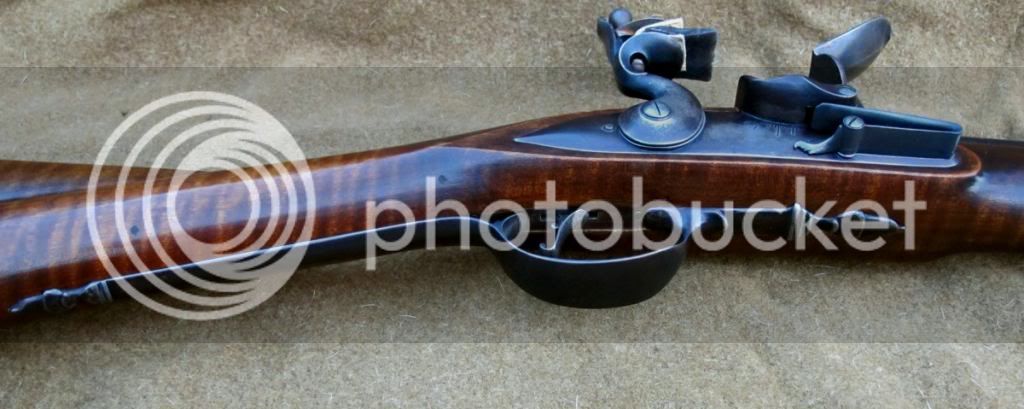duelist1954
40 Cal.
- Joined
- Jun 27, 2011
- Messages
- 430
- Reaction score
- 72
I was over at Woodcrafters today, and the clerk who was helping me recommended that I sand to 220 grit, then carve, then burnish and finally scrape.
Do any of you do it that way?
In the past, I'd sand to 600 grit, whisker...whisker...whisker...etc...then do any carving.
Do any of you do it that way?
In the past, I'd sand to 600 grit, whisker...whisker...whisker...etc...then do any carving.





